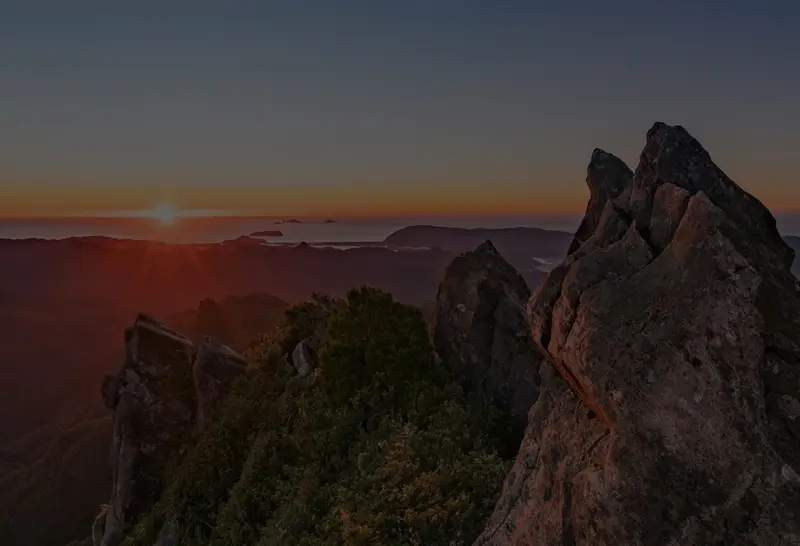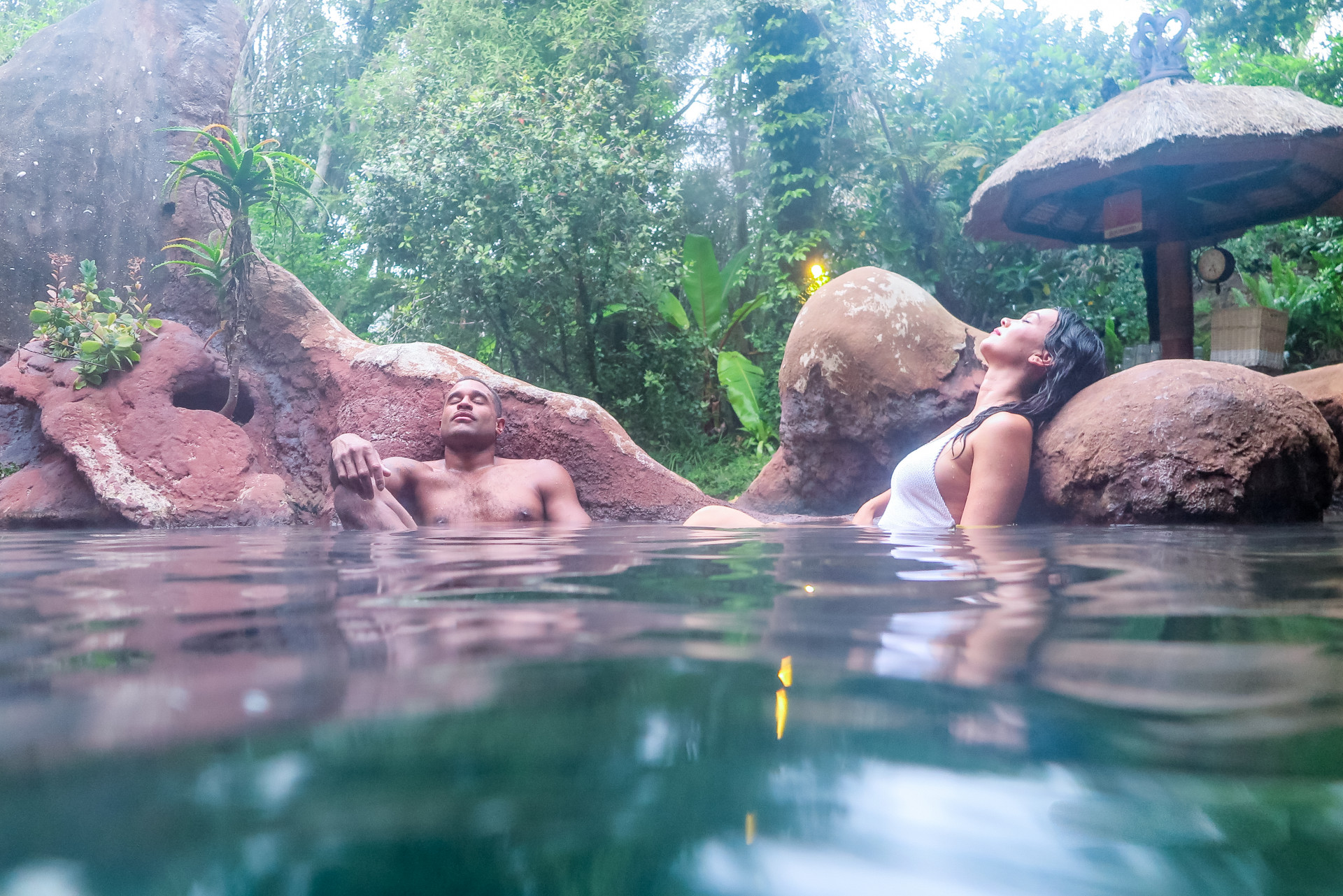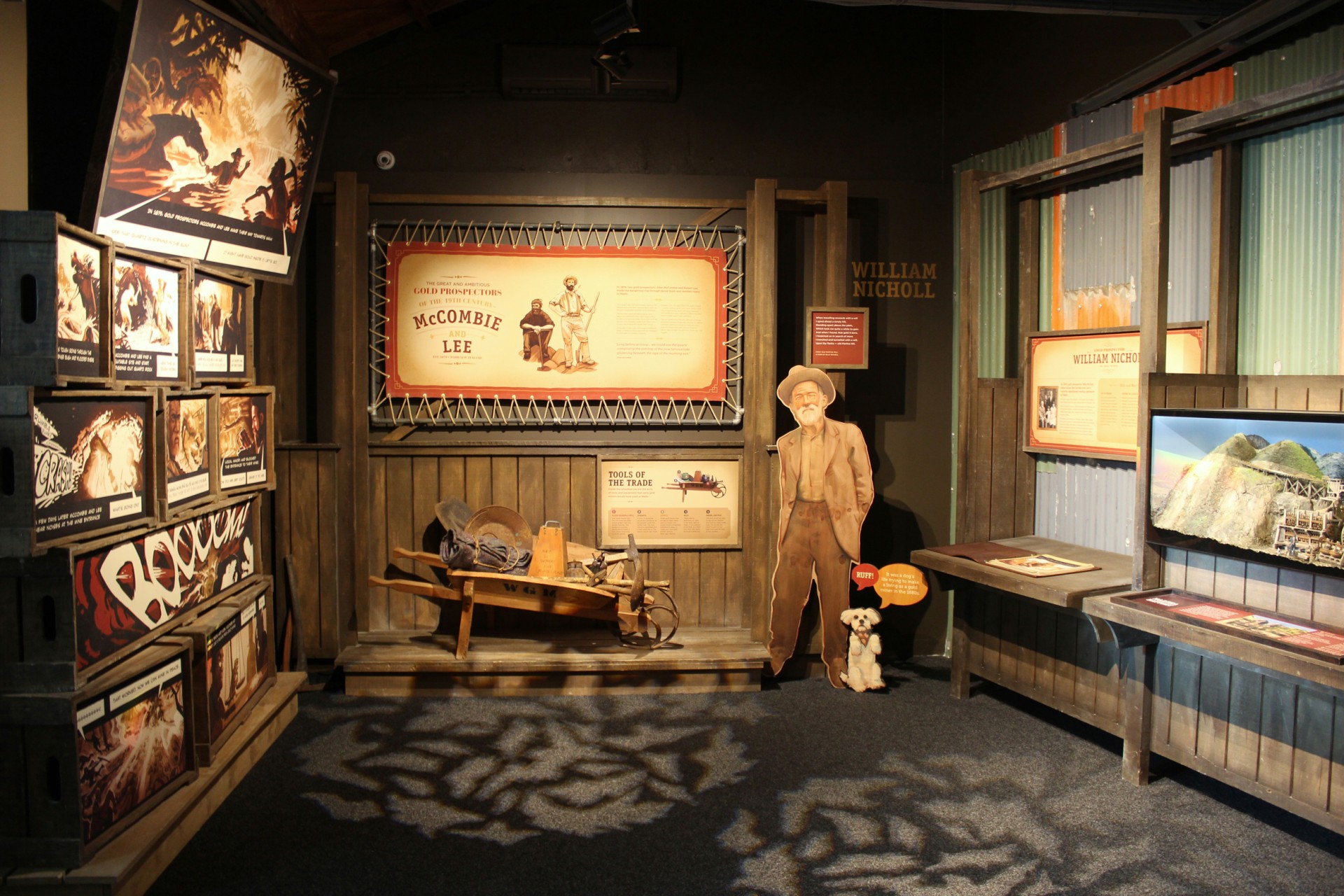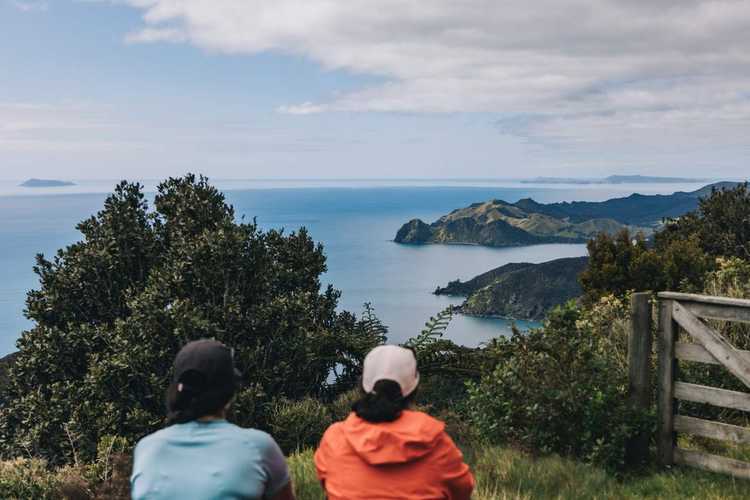
Note: Please check the track conditions before setting off. As a result of recent storm damage the track accessibility has changed.
Thanks to Teresa Ramsey from Stuff for this article.
It's a walk that rivals any New Zealand Great Walk - but hardly anyone knows about it.
Dramatic bluffs fall into crashing seas. Native bush, twisted trees, abundant birdlife and sheer cliffs as far as the eye can see.
Great Barrier and Little Barrier Islands only feel like a stone's throw away. The vistas keep coming on the Coromandel Coastal Walkway - a hidden gem tucked away at the very tip of The Coromandel Peninsula.
It's an easy walk along a well-kept track from Stony Bay on the eastern tip, following the coast to Fletcher Bay to the west. The trail is mainly flat and wide enough for two abreast, though we only see a handful of other hikers on the track.
It's obviously a very well-kept secret - we have the trail to ourselves. Maybe the long drive over gravel roads puts travellers off reaching the very tip of the peninsula, but Coromandel Adventures takes care of that for our group.
Guide Steve Stockman greets us just after 8am in Coromandel township and we load our day packs into his comfortable van. From there, he carefully negotiates the journey to Stony Bay, mostly over winding gravel roads framed by dense native bush. A true Coromandel experience in itself.
Steve knows all the best spots to pull over and fill us in on local history, geography and local kiwi conservation efforts in the region. Even as a local, I learnt a thing or two.
About two hours later, we feed some friendly eels in the Stony Bay camp ground before setting off on an easy, mainly flat walk. Native manuka and pohutukawa trees line the track, which is dotted with magnificent nikau palm groves and flitting fantail and wax eye birdlife.
The Department of Conservation sign says it will take 3.5 hours one-way, but we take four as stunning vistas slow us down. Around every corner, there's something new to see, including a friendly fat kereru, or wood pigeon, who flies up to check us out.
Just over 90 minutes into the hike, we turn off to the lookout, a five minute climb that takes us to a very high bare knoll overlooking the Coromandel coast. A great lunch spot to take in breath-taking views and watch seabirds pause on the wind.
Refuelled, we set off to Poley Bay, a short climb down to the narrow, stony beach, with crashing waves and pancake rocks that are The Coromandel's answer to the West Coast's Punakaiki.
A 15 minute climb takes us back to the flat coastal walkway, which becomes more exposed for us to see the sheer drop of land's end into the sea.
The northern pinnacles reach up from the sea at the most Northern part of the walk, reminding us of the volcanic origins of the peninsula.
Fat, black angus cattle and happy sheep pause to lazily watch walkers as the last half hour or so of the trail cuts through farmland.
We reach Fletcher Bay to Steve's hot drinks, biscuits and some entertaining local ducks, who line up for their share. Steve has driven two hours from Stony Bay to pick us up in Fletcher Bay.
Our shoes stay clean and dry during the hike, so it's a perfect trail to tackle in autumn or winter when so many tracks are unpassable due to flooded rivers and mud.
Getting to the walk is half the fun as we explore the beautiful Coromandel Peninsula.
Our journey began with a scenic drive up the Thames Coast to Coromandel town.
The coast road suffered major damage in a January storm - it was closed for a few days before road crews started rebuilding it so there are a few pauses at the roadworks, but it's mainly plain sailing to reach our destination.
With a few hours on our hands, we head for Driving Creek Railway, which was developed by local legend Barry Brickell.
The world-renown potter, who died in 2016 aged 80, came to Coromandel town in 1961. He bought the steep, bush-clad property for its potters' clay, which he brought down to his workshop with the narrow-gauge railway he built from scratch.
Nearly 30 years later, he opened the railway to the public to help pay off the mortgage.
The quaint train spirals upwards over bridges, viaducts, and through tunnels and native bush dotted with stunning works of art.
At the top, a huge tower allows stunning views of Coromandel township and islands in the Firth of Thames.
A conservationist, Brickell's years of native forest restoration, the establishment of a wildlife sanctuary with a predator-proof fence and other projects are now continued by the Driving Creek Railway, Arts and Conservation Trust. The trust continues to develop the railway, with plans to restart artist residencies, open a gallery of works and establish a zip-line through the trees for the more adventurous visitors.
After coming back to the station, we head back into town for dinner at UMU, a funky restaurant and cafe that offers some of the best restaurant food I've tasted in a while.
My advice before booking into UMU - make sure you're good and hungry, the meals are huge. With full tums, it's time to turn in at the historic Karamana Homestead, one of the oldest places in New Zealand you can stay.
Built in 1872, the original category 2-listed homestead has been kept in original condition, complete with the original working water-well in the yard outside the kitchen window.
We stay in a renovated two-bedroom Stables Cottage, which started life as a horse stable around 1860.
A filling breakfast in the homestead the next morning fuels our hike around the Coromandel Coastal Walkway. On the way home, Steve drops us off at the Muriwai Walk, just past the Port Jackson campsite.
With the sun close to setting, a soft light falls on rugged cliffs and views of Auckland's Waiheke and Rangitoto Islands.
Coromandel Adventure's sunset tour completes our day, with the sun setting over the northern Firth of Thames and its stunning beaches and 750-year-old pohutukawa trees.
We reach Coromandel town just before 7pm and head toward Pepper Tree Restaurant and Bar for a cold drink or two and a beautiful meal beneath a majestic 100-year-old Pepper tree.
The restaurant's fresh snapper and halloumi and quinoa salad are welcomed after a long day.
The next morning, we tackle the 309 Rd to Whitianga to soak in the thermal waters of The Lost Spring, another of the Coromandel's hidden treasures.
From native New Zealand bush to the tropics, we feel like we've walked into a Pacific Island resort. Huge hibiscus flowers feature in beautiful tropical gardens with palm trees and lush vegetation.
It's hard to believe we're just a few blocks from Whitianga's shopping centre.
Alan Hopping found the geo-thermal spring after 23 years of drilling. His commitment resulted in a successful day spa, offering massage, facials and other treatments.
We soak in the hot thermal waters while we explore the many thermal pools, including one in a cave. The perfect end to our Coromandel adventure.

















